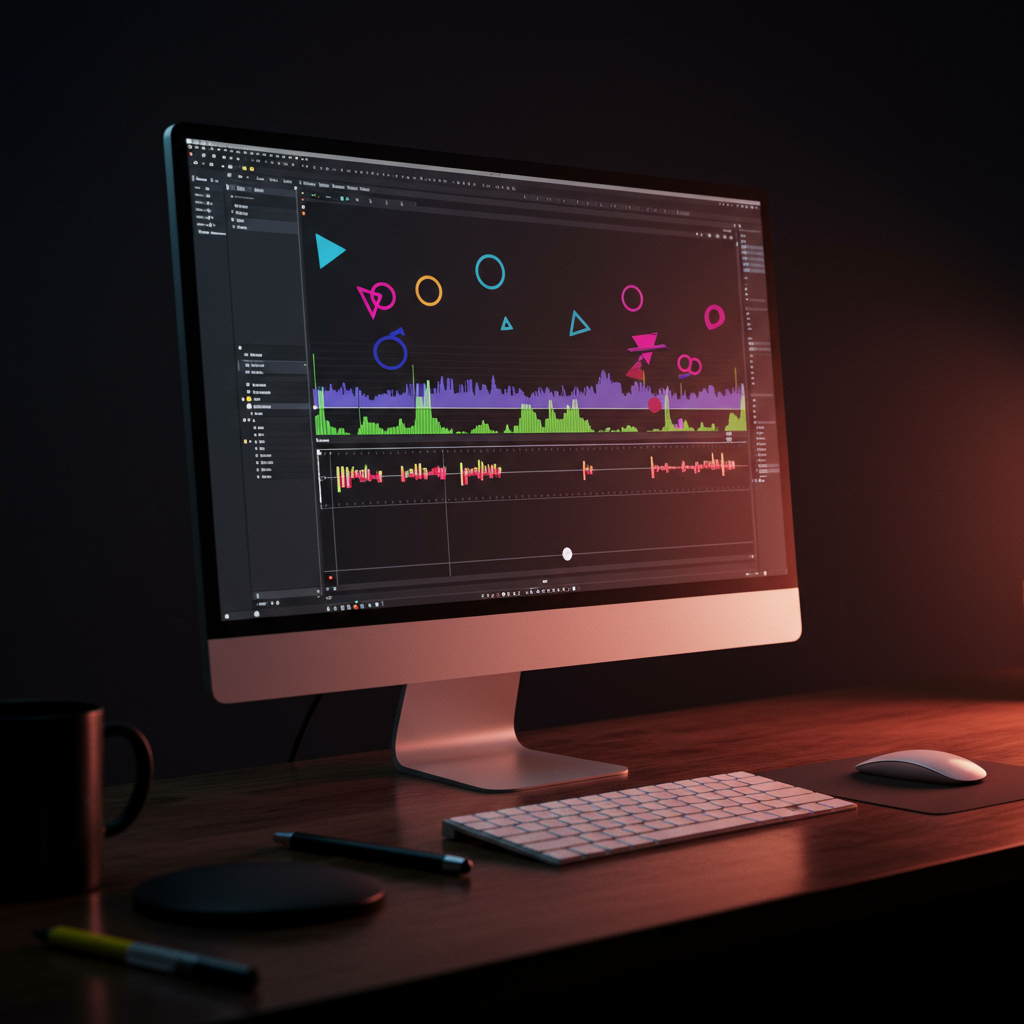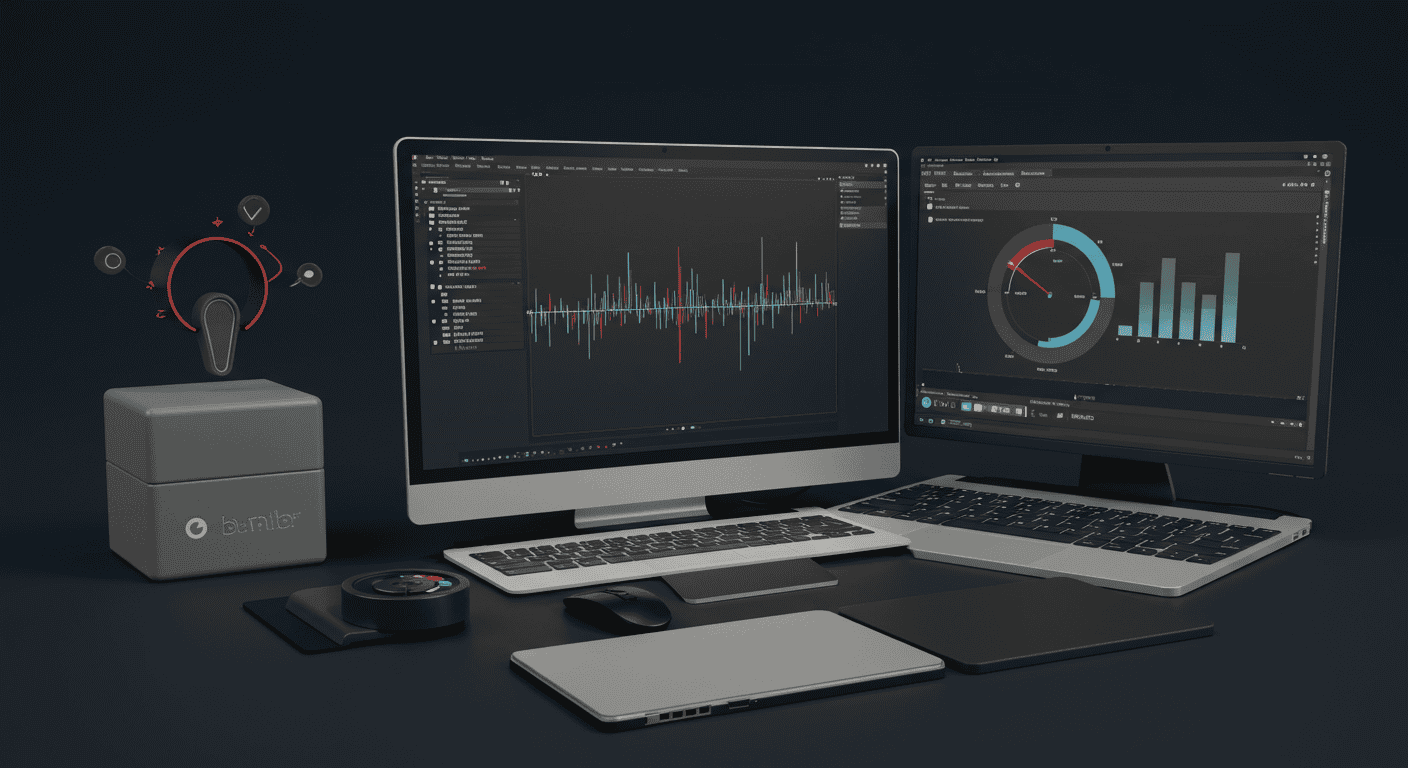
Motion graphics sit at the intersection of graphic design, animation, and storytelling, offering designers a dynamic medium to convey messages, emotions, and ideas in ways that static imagery simply cannot. From captivating social media posts to immersive video presentations, mastering motion graphics empowers graphic and visual designers to bring their work to life, engage audiences on a deeper level, and stand out in an increasingly competitive digital landscape. In this comprehensive guide, we’ll explore everything you need to know to build, refine, and master your motion graphics skills, from foundational principles to advanced techniques and recommended resources.
What Are Motion Graphics?
Motion graphics combine graphic design elements—such as typography, shapes, icons, and illustrations—with animation techniques to create engaging, moving visuals. Unlike character-driven animations or full 3D cinematics, motion graphics focus on abstract or symbolic imagery to communicate ideas, data, or brand messages. You’ll often see motion graphics used in title sequences, explainer videos, animated infographics, UI/UX transitions, advertising spots, and social media content. While the line between motion graphics and animation can blur, the former typically prioritizes design elements over narrative character arcs.
Benefits of Mastering Motion Graphics
- Enhanced Storytelling: Motion graphics add movement, rhythm, and pacing to your designs, boosting viewer engagement and message retention.
- Brand Differentiation: Custom animations help brands stand out with a unique visual voice and memorable user experiences.
- Cross-Platform Appeal: Animated content performs well across social media, websites, presentations, and broadcast media.
- Expanded Skillset: Proficiency in motion graphics opens doors to roles in video production, UX/UI design, advertising, and interactive media.
Essential Tools & Software

A strong motion graphics workflow relies on the right set of tools. Here are industry standards and notable alternatives:
- Adobe After Effects – The de facto tool for 2D and compositing work, thanks to its robust animation engine, expressions, and plugin ecosystem.
- Adobe Premiere Pro – Often used in tandem with After Effects for video editing, sequencing, and final output.
- Blender – A free, open-source 3D suite capable of modeling, texturing, and animating 3D elements for integrated 2D/3D motion graphics.
- Cinema 4D – Preferred by many professionals for its intuitive 3D motion graphics modules and integration with After Effects via Cineware.
- Figma & Adobe XD – Useful for prototyping simple UI animations and exporting assets for further work in After Effects.
Key Principles of Effective Motion Graphics
To create compelling animations, you must understand both design fundamentals and animation theory. Here are five core principles:
1. Timing & Spacing
Timing dictates the duration of each movement, while spacing controls the distance between positions at each frame. Adjusting these variables changes the perceived speed, weight, and emotional impact of your animation.
2. Easing & Dynamics
Easing functions (ease-in, ease-out, ease-in-out) simulate acceleration and deceleration, making motion feel more natural. Overly linear animations often appear mechanical and lifeless.
3. Composition & Hierarchy
Good composition—leveraging alignment, balance, and visual hierarchy—guides the viewer’s eye through your animation in a structured way. Use scale, contrast, and motion paths to emphasize key elements.
4. Color & Typography
Color theory and typography still apply in motion. Animate type in ways that complement its readability, and consider color transitions that reinforce branding and mood shifts.
5. Consistency & Style
Establish a cohesive visual language—consistent icon styles, line weights, and easing curves—to ensure your motion graphics feel like part of a unified brand or project.
Step-by-Step Motion Graphics Workflow
A reliable process helps you stay organized and efficient. Here’s a proven workflow you can adapt to your needs:
- Concept & Storyboarding: Sketch rough storyboards or animatics to map out timing, keyframes, and transitions. This saves time before diving into production.
- Asset Creation: Design vector assets, illustrations, or 3D models in your favorite tool. Keep layers labeled and organized for easier import.
- Animation Setup: Import assets into After Effects or your chosen platform. Arrange layers in the timeline and establish key poses for major events.
- Refinement & Polish: Add easing, expressions, and secondary motion (e.g., overshoots, bounces) to inject realism. Tweak timing based on playtests.
- Sound & Export: Sync sound effects or music to enhance the impact. Choose the right output settings (codecs, resolution, frame rate) for your platform.
Best Practices & Optimization Tips
Keep these guidelines in mind to deliver high-quality, efficient motion graphics:
- Use vector assets whenever possible to preserve sharpness and reduce file sizes.
- Pre-compose complex layer stacks in After Effects to simplify the main timeline.
- Leverage expressions for repetitive animations (wiggle, loopOut) to save time and maintain consistency.
- Optimize keyframe counts—remove unnecessary frames to improve playback performance.
- Render with efficient codecs (e.g., H.264 for web, ProRes for high-quality deliverables).
Resources to Learn & Grow
Whether you’re a beginner or looking to expand your expertise, these resources will guide your journey:
- Online Courses: Platforms like School of Motion, Udemy, and LinkedIn Learning offer structured programs.
- Tutorials & Blogs: Sites such as Motionographer, PVC & Creative COW publish regular tips and case studies.
- Community Forums: Join Motion Design Slack groups, Reddit’s r/motiongraphics, and Discord channels to share feedback and learn from peers.
- Plugin Marketplaces: Explore Motion Array, Video Copilot, and AEScripts for tools that accelerate your workflow.
Conclusion
Mastering motion graphics elevates your capabilities as a graphic and visual designer, opening up new creative possibilities and career pathways. By understanding core principles, refining your workflow, and continuously learning from industry resources, you can craft animations that captivate audiences and reinforce your brand’s narrative. Start experimenting today—plan small projects, build your portfolio, and take your static designs into dynamic motion. The future of visual communication is in motion, and your journey begins now.
Learn more about: Mastering Visual Branding: A Comprehensive Guide for Graphic & Visual Designers









Leave a Reply